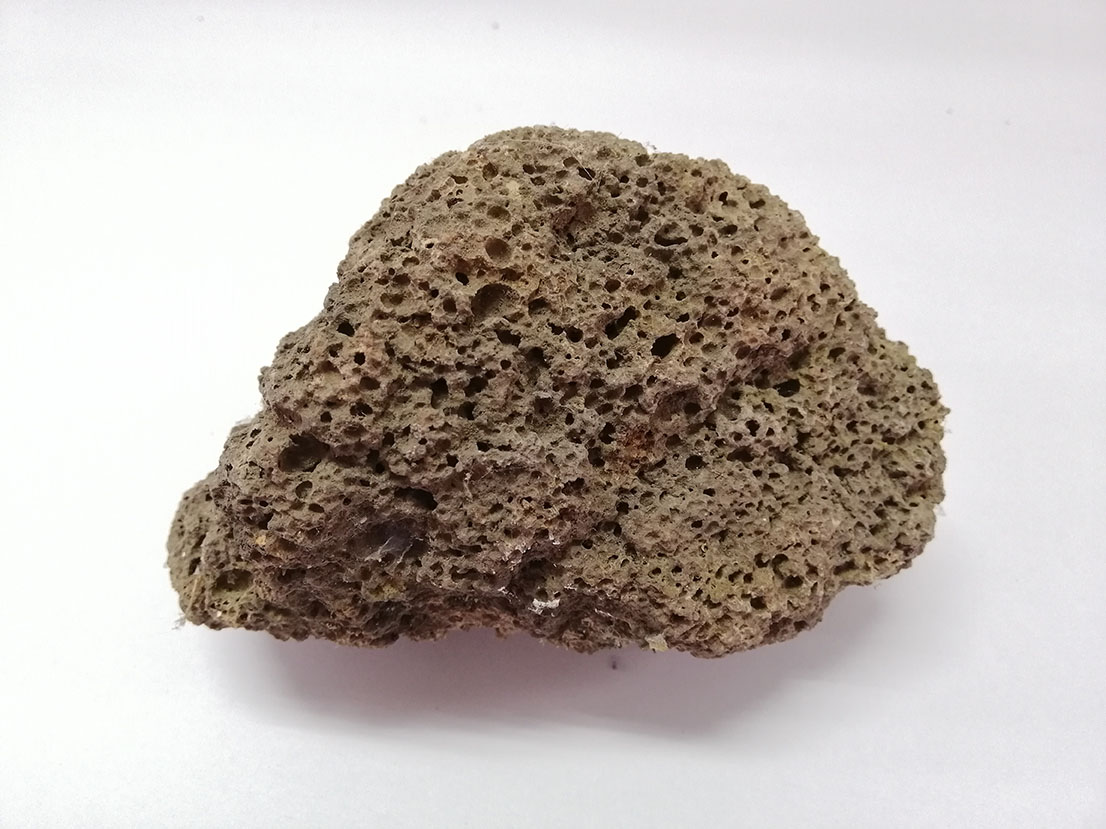
< Back
extrusive igneous rock
Definition
Extrusive igneous rock is a type of igneous rock that forms when magma, or molten rock, cools and solidifies on Earth's surface. This type of rock is also called volcanic rock because it is formed from lava, which is the molten rock that erupts from volcanoes.
Extrusive igneous rocks are typically fine-grained because they cool quickly. This is because they are exposed to the atmosphere, which cools them rapidly. They are also often very colourful, with shades of red, orange, yellow, brown, and black.
The composition of extrusive igneous rocks varies depending on the composition of the magma from which they formed. However, they are all made up of minerals that were dissolved in the magma. As the magma cools, these minerals crystallize and form the rock.
Some of the most common minerals found in extrusive igneous rocks include:
- Plagioclase feldspar: Plagioclase feldspar is the most abundant mineral in extrusive igneous rocks. It is a white or grey mineral that can also be pink, green, or brown.
- Quartz: Quartz is a clear or white mineral that is often found in extrusive igneous rocks. It is the second most abundant mineral in these rocks.
- Biotite: Biotite is a black or dark brown mineral that is often found in extrusive igneous rocks. It is a mica mineral, which means that it is made up of thin sheets that can be easily split apart.
Extrusive igneous rocks are important because they form the basis of many of the world's soils. They are also used in construction and in making decorative objects.
How can the word be used?
Basalt, pumice, and obsidian are all examples of extrusive igneous rocks.

Different forms of the word
Noun: extrusive igneous rock, volcanic rock.
Adjective: extrusive, volcanic.
Verb: to extrude, to erupt.
Synonyms: igneous rock, lava, tephra.
Etymology
The word "extrusive" comes from the Latin word extrudere, which means "to push out." It was first used in English in the 17th century, and it is still used today to refer to something that is forced out of a container or opening.
The word extrudere is made up of the Latin words ex (out) and trudere (to push). The word trudere is also the source of the English word "thrust.".
Question
What is extrusive igneous rock?
AQA Science Exam Question and Answer
Question:
Describe the formation and characteristics of extrusive igneous rocks. Provide examples of extrusive igneous rocks and explain the cooling process that leads to their distinctive textures.
Answer:
Extrusive igneous rocks are formed from the solidification of lava on the Earth's surface. When molten magma erupts from a volcano, it cools rapidly due to exposure to cooler air or water, leading to the formation of fine-grained rocks with small mineral crystals. Basalt and pumice are common examples of extrusive igneous rocks.
The cooling process significantly influences their textures. Rapid cooling prevents large crystals from forming, resulting in smooth and fine-grained rocks, such as basalt. On the other hand, pumice, formed from frothy lava containing trapped gas bubbles, exhibits a porous and vesicular texture. The trapped gas escapes during cooling, leaving behind numerous holes in the rock.
In conclusion, extrusive igneous rocks are formed from lava cooling on the Earth's surface, exhibiting characteristic textures based on the cooling rate, giving rise to diverse formations like basalt and pumice.